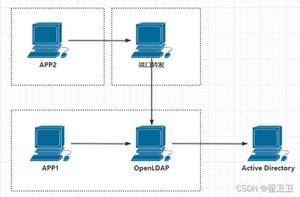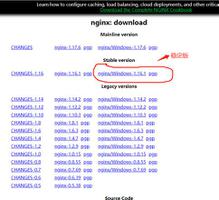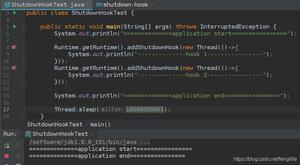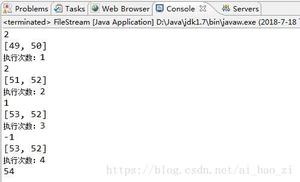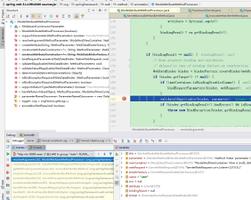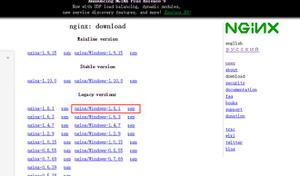pymongo和mongoengine安装和使用教程包含常用命令行和代码示例

本文首发于个人博客https://kezunlin.me/post/e88f04e5/,欢迎阅读最新内容!
pymongo and mongoengine tutorial on ubuntu 16.04
Guide
version
- mongo 2.6.10
- mongo gui: robo3t-1.3.1
- pymongo 3.9.0
- MongoEngine 0.18.2
install mongodb
sudo apt-get install -y mongodbmongo shell
mongo --host mongodb0.example.com --port 27017mongo --version
MongoDB shell version: 2.6.10
see mongo shell
> mongo # show all dbs
> show dbs
# display current db
>db
test (default database)
# switch or create db
> use mydb
> db.help()
> show collections
posts
system.indexes
> db.posts.help()
> db.posts.find()
help on db and collections
>db.dropDatabase()>db.posts.drop()
>db.copyDatabase("mydb","backup_mydb")
mongo gui
Robomongo offically changed it"s name and released two different products Studio 3T and Robo 3T. Old robomongo is now called Robo 3T. Studio 3T is for professionals.
wget https://download-test.robomongo.org/linux/robo3t-1.3.1-linux-x86_64-7419c406.tar.gzvim .bashrc
export PATH=/home/kezunlin/program/robo3t/bin:$PATH
allow mongodb to access from remote.
vim /etc/mongodb.conf#bind_ip = 127.0.0.1
bind_ip = 0.0.0.0
by default, mongodb only allow to access from local.
restart mongodb again
> sudo service mongodb status mongodb.service - An object/document-oriented database
Loaded: loaded (/lib/systemd/system/mongodb.service; enabled; vendor preset: enabled)
Active: active (running) since 四 2019-09-26 16:11:03 CST; 7s ago
Docs: man:mongod(1)
Main PID: 4917 (mongod)
Tasks: 10
Memory: 3.0G
CPU: 70ms
CGroup: /system.slice/mongodb.service
└─4917 /usr/bin/mongod --config /etc/mongodb.conf
9月 26 16:11:03 node17 systemd[1]: Started An object/document-oriented database.
9月 26 16:11:03 node17 mongod[4917]: warning: bind_ip of 0.0.0.0 is unnecessary; listens on all ips by default
access from remote now
robo3t<script async src="https://pagead2.googlesyndication.com/pagead/js/adsbygoogle.js"></script>
<!-- kzl in-article ad -->
<ins class="adsbygoogle"
style="display:block; text-align:center;"
data-ad-layout="in-article"
data-ad-format="fluid"
data-ad-client="ca-pub-5653382914441020"
data-ad-slot="7925631830"></ins>
<script>
(adsbygoogle = window.adsbygoogle || []).push({});
</script>
python mongodb
pip install pymongopip install mongoengine
One library that provides a higher abstraction on top of PyMongo is MongoEngine. MongoEngine is an object document mapper (
ODM), which is roughly equivalent to a SQL-based object relational mapper (ORM). The abstraction provided by MongoEngine is class-based, so all of the models you create are classes.
pymongo
def test_mongo_client(): from pymongo import MongoClient
client = MongoClient("localhost", 27017)
db = client["mydb"]
posts = db.posts
post_data = {
"title": "Python and MongoDB",
"content": "PyMongo is fun, you guys",
"author": "Scott"
}
result = posts.insert_one(post_data)
print("One post: {0}".format(result.inserted_id))
post_1 = {
"title": "Python and MongoDB",
"content": "PyMongo is fun, you guys",
"author": "Scott"
}
post_2 = {
"title": "Virtual Environments",
"content": "Use virtual environments, you guys",
"author": "Scott"
}
post_3 = {
"title": "Learning Python",
"content": "Learn Python, it is easy",
"author": "Bill"
}
new_result = posts.insert_many([post_1, post_2, post_3])
print("Multiple posts: {0}".format(new_result.inserted_ids))
# find one
bills_post = posts.find_one({"author": "Bill"})
print(bills_post)
# fine many
scotts_posts = posts.find({"author": "Scott"})
print(scotts_posts)
for post in scotts_posts:
print(post)
client.close()
mongoengine
from mongoengine import *def test_mongo_engine():
# define collection
class Post(Document):
title = StringField(required=True, max_length=200)
content = StringField(required=True)
author = StringField(required=True, max_length=50)
published = DateTimeField(default=datetime.datetime.now)
connect("mydb",
host="localhost",
port=27017,
alias="default" # must be `default`
)
# mongoengine.connection.MongoEngineConnectionError: You have not defined a default connection
post_1 = Post(
title="Sample Post",
content="Some engaging content",
author="Scott"
)
post_1.save() # This will perform an insert
print(post_1.title)
print(post_1.id)
post_1.title = "A Better Post Title"
post_1.save() # This will perform an atomic edit on "title"
print(post_1.title)
print(post_1.id)
disconnect(alias="default")
test_mongo_engine()
Reference
- mongodb tutorial
- getting-started-with-python-and-mongodb
- introduction-to-mongodb-and-python
- mongodb-orm-for-python
- mongoengine
- mongoengine tutorial
- robomongo
History
- 20190926: created
Copyright
- Post author: kezunlin
- Post link: https://kezunlin.me/post/e88f04e5/
- Copyright Notice: All articles in this blog are licensed under CC BY-NC-SA 3.0 unless stating additionally.
以上是 pymongo和mongoengine安装和使用教程包含常用命令行和代码示例 的全部内容, 来源链接: utcz.com/z/531727.html

